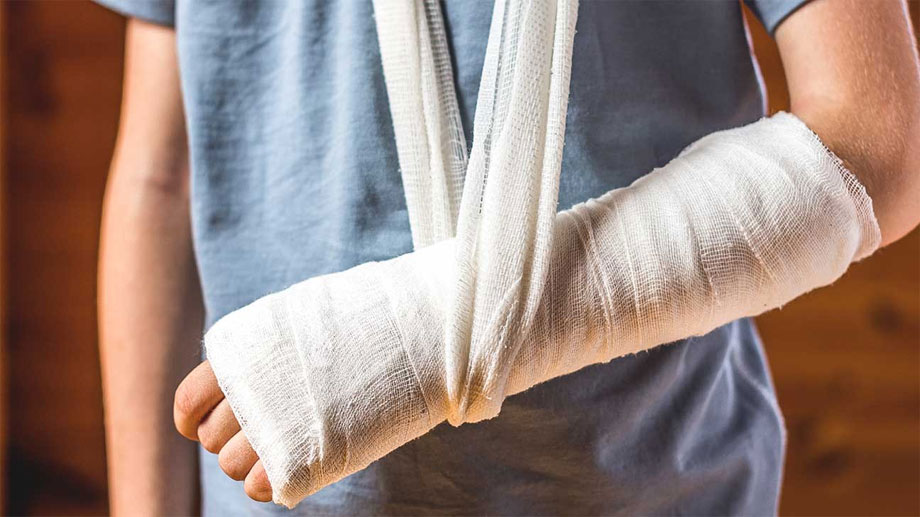The elderly are at greater risk for suffering fractures or broken bones than those under 65 years of age. As we get older, bones become more fragile as a result of conditions such as low bone density and osteoporosis. A broken bone presents a great risk for seniors because it can start a downward spiral and trigger other health problems. If you or a loved one has been effected by a serious injury in a nursing home, please contact our Philadelphia fractured bone lawyers at (215) 666-7777 to schedule a free consultation.
A fracture is the medical term for a broken bone. Some common types of fractures are described below:
A stress fracture is small cracks in a bone. Stress fractures are caused by the repetitive application of force such running long distances. Seniors with frail bones, such as those with osteoporosis, may break a bone with only slight force or activity. Nursing home staff are responsible for monitoring patients for stress fractures. If a stress fracture goes untreated, the cracks in the bone will become greater cause intense pain and swelling.
A compression fracture is also known as a spontaneous fracture. Compression fractures occur at random without a traumatic incident. The elderly are frequent victims of compression fractures due to osteoporosis and low bone mass. These fractures can happen at random, even while just walking.
Traumatic fractures almost always occur due to an acute traumatic injury — most commonly a slip and fall. Traumatic fractures can be displaced, non-displaced, open and closed. In a displaced fracture, the bone breaks into two or more parts and changes position so that the ends are not lined up straight. If the bone shatters into multiple pieces its known as a comminuted fracture. Non-displaced fractures occur when a bone breaks either part or all the way through, but does not shift and maintains proper alignment. A closed fracture is when the bone breaks but there is no puncture or open wound in the skin. An open fracture occurs when a bone breaks and then pierces through the skin.

A hip fracture is a serious injury, especially for seniors, and complications stemming from a hip fracture may be life-threatening. Falling is usually the traumatic event that leads to a broken hip. Most patients with hip fractures are hospitalized for about 3 – 5 days. Healing after surgery can take an entire year. When an elderly person suffers from a broken hip, their health can deteriorate rapidly as the break can cause other health problems.
For example, a broken hip may render a senior bedridden. Lack of movement and exercise will cause the body to weaken and become susceptible to infections, like pneumonia, that can be fatal. Other problems such as lung or kidney problems may develop that significantly reduce the senior’s quality of life. Further, since bed-bound seniors cannot exercise and move around, their arteries will begin to show signs of aging and become more prone to disease or failure. Mortality in the year following a hip fracture is approximately 25%.
Many elderly nursing home residents need daily assistance because chronic illness or health-related disabilities make daily living activities difficult or impossible. The inability to do self-care activities is a primary reason seniors move to assisted living facilities or nursing homes. Nursing home administrators and nursing staff make promises to residents’ families that they will keep them safe and provide the of care. However, too frequently they fail to keep this promise. If your family member or loved one suffers a broken bone as a result of a nursing home’s negligent conduct, you should contact an experienced nursing home attorney immediately in order to protect their rights.
Review: 5/5
★ ★ ★ ★ ★
“I highly recommend the Wieand Law Firm. Brent’s team of professionals are diligent, responsive, and always had my interests at heart.”
-William Cunningham
